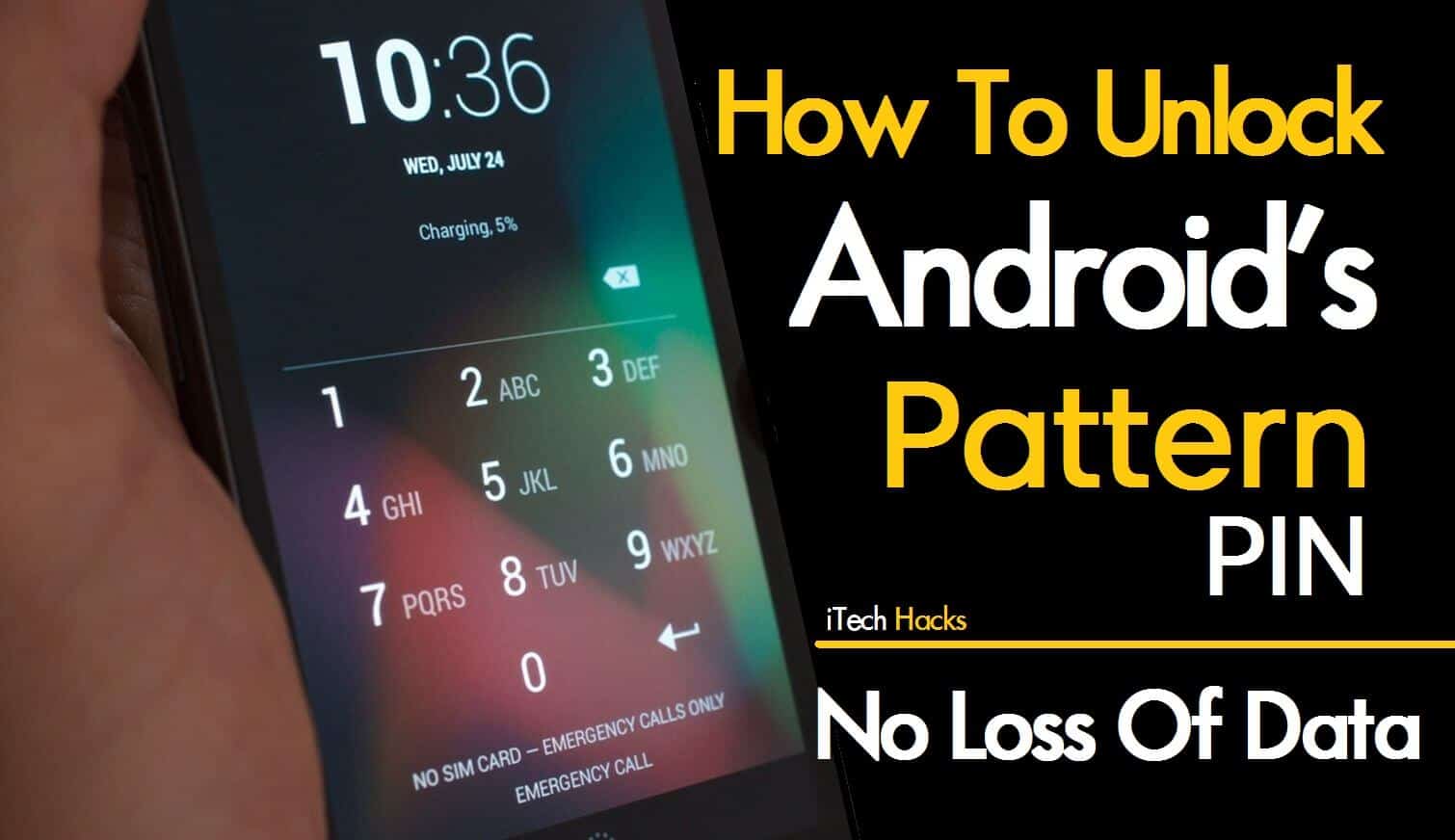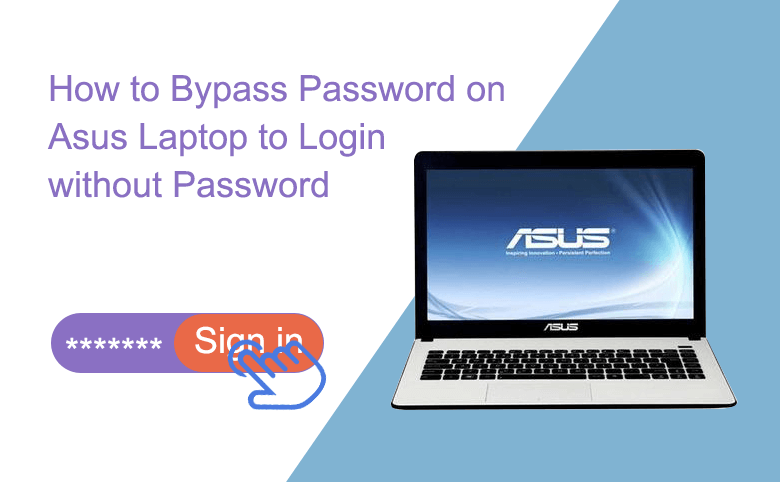- How To Delete Games On A Mac Bypass Password Recovery Tool
- How To Delete Games On A Mac Bypass Password Bypass
- How To Delete Games On A Mac Bypass Password Reset
When you change the password, you'll see a prompt letting you know a new login keychain - what MacOS uses to store your passwords will be created, but your old keychain will remain saved on your Mac.
Are your files automatically getting encrypted when stored on your Windows 10 computer? This post explains in detail how to remove encryption in Windows 10, 8, or 7. And you can learn how to decrypt a file and change encrypted files to normal files, like unencrypt PDF and Excel. Besides, you can use a professional virus attack data recovery tool to recover ransomware encrypted files.

Quick Navigation for Solutions to Remove File Encryption:
| Workable Solutions | Step-by-step Troubleshooting |
|---|---|
| Remove Encrypt Contents | Right-click encrypted file/folder > 'Properties' > 'Advanced” > 'Encrypt Contents to Secure Data'...Full steps |
| Remove Encryption from PDF | Open encrypted PDF in Adobe Acrobat > 'Advanced' > 'Security' > 'Remove Security'...Full steps |
| Remove Encryption from Excel | Open encrypted Excel > 'Review' > 'Unprotected Sheet' > Enter password...Full steps |
| Restore Ransomware Encrypted File | Launch EaseUS file recovery software > Scan device > Restore lost files deleted by ransomware...Full steps |
How to Decrypt a File
'My files located on the desktop are automatically getting encrypted after moving to any other locations, and the color of the file name changes to green. By clicking the file Property, in the Advanced Settings, the option Encrypt contents to secure data is automatically checked without asking my permission. How to remove encryption in Windows and how to decrypt a file?'
Overview of File Encryption
Windows Encrypting File System (EFS) is one of the basic file/folder encryption technology that enables files to be transparently encrypted to protect confidential data from attackers with physical access to the computer. When files are encrypted in this way, the file name will show green color instead of the normal black text. Except for EFS, Windows comes with another encryption feature, named BitLocker, also can guard important data by encoding logical drives.
Once you enable encryption function for your drives, new or existing files, and folders will be automatically encrypted on the drive with a certificate and private key. If you copy unencrypted files to a folder with encrypted property, they will also be automatically encrypted. This makes it impossible for unauthorized users to access and edit the data.
How to Remove Encrypt Contents to Secure Data
You can remove file system encryption by unchecking the 'Encrypt Contents to Secure Data' feature. Yes, this only works for the file system, not for a specific file. If you want to decrypt files, the certificate or password is indispensable. To recover encrypted files without password, check the topic article.
1. Find the file or folder you wish to encrypt.
2. Right-click the file/folder and click 'Properties.' Then, click the 'Advanced...' button on the General screen.
3. Check the box 'Encrypt Contents to Secure Data' under the Compress or Encrypt attributes section, then click the 'OK' button.

4. Continuing clicking the 'OK' button. An encryption warning box will pop up.
5. Check the 'Encrypt the File Only' box to encrypt the individual file, then click 'OK' to finish.
How to Decrypt a File in Windows 10/8/7
Read this part and see how to decrypt PDF and Excel files. If your encrypted files are lost, you can recover deleted data first, and use the ways below to decode.
How to Remove Encryption from a PDF File
PDF is one of the most reliable file formats used by the users to present and exchange documents. Nowadays, security is the main concern for all the users, so many users choose to encrypt there PDF documents applying passwords to them. However, when others need to read the PDF, you need to remove the encryption. Follow the following steps to decrypt a PDF file in Adobe Acrobat. And the premise is you must know the password.
1. Open Adobe Acrobat on your computer.
2. Open the protected PDF file and type the password when prompted.
3. Click 'Advanced' at the top of the Acrobat window. Select 'Security' and then click 'Remove Security.'
4. Click 'OK' to confirm the action and remove the encryption. Then, press 'Ctrl+S' to save the unencrypted PDF file.

How to Remove Encryption from Excel
Remove the encryption from Excel worksheet and Excel document is different. Check the way respectively.
Decrypt an Excel Worksheet
1. Click the 'Review' tab on the too bar. Then, choose 'Unprotect Sheet'. You will be prompted for a password.
2. Enter the password and click 'OK'. Now, you have removed the password from an Excel worksheet, and you can start editing.
Unencrypt an Excel Document
1. Open the Excel document you want to remove encryption.
2. Click 'File' > 'Info' > 'Protect Workbook.' In the drop-down menu, click 'Encrypt with Password'. The password entry box arises.
3. Delete the password in the box, leaving the box empty. Click 'OK' to remove the password from the document. Then, click 'Save' before exiting the document.
How to Remove Encryption from Ransomware Infected Files
In addition to actively encrypting your files, your files can also be encrypted permissively by a ransomware virus. In this case, we suggest that you don't pay the ransom and use a data recovery software to recover the deleted original files by ransomware. In this way, you can remove the encryption.
You need to understand that most of the computer virus encrypts files in three steps, like the screenshot below. First, make an entire copy of all the files; second, delete all original files; third, encrypt the copy. That's why you see encrypted files as soon as your computer were virus-infected.
To recover ransomware encrypted files, you can use EaseUS Data Recovery Wizard. This powerful file recovery software allows you to recover data from virus attack, accidental deletion, hard drive formatting, partition loss, recycle bin emptying, and more.
Step 1. Launch EaseUS Data Recovery Wizard. Select the disk partition or storage device where you lost files and click the 'Scan' button.
Step 2. This program will quickly start a scanning process to find lost files. When the process accomplishes, you can double-click files to have a preview before selection.
Step 3. Choose the files you want. Then click the 'Recover' button to get them back. You should save the data to another safe spot in your PC/storage device, not where they lost.
After data recovery, continue taking time to remove the virus with antivirus software to make sure your computer is clean. We highly suggest that you back up your important files regularly to avoid unexpected data loss. You can do it manually or automatically by using a Windows schedule backup software.
Use Launchpad to delete an app
Launchpad offers a convenient way to delete apps that were downloaded from the App Store.
- To open Launchpad, click it in the Dock or open it from your Applications folder. You can also pinch closed with your thumb and three fingers on your trackpad.
- If you don't see the app in Launchpad, type its name in the search field at the top of the screen. Or swipe right or left with two fingers on your trackpad to show the next or previous page.
- Press and hold the Option (⌥) key, or click and hold any app until the apps jiggle.
- Click next to the app that you want to delete, then click Delete to confirm. The app is deleted immediately. Apps that don't show either didn't come from the App Store or are required by your Mac. To delete an app that didn't come from the App Store, use the Finder instead.
Deleting an app doesn't cancel any subscription you may have purchased with that app. Learn how to cancel subscriptions for apps that were downloaded from the App Store.
Use the Finder to delete an app
How To Delete Games On A Mac Bypass Password Recovery Tool
- Locate the app in the Finder. Most apps are in your Applications folder, which you can open by clicking Applications in the sidebar of any Finder window. Or use Spotlight to find the app, then press and hold the Command (⌘) key while double-clicking the app in Spotlight.
- Drag the app to the Trash, or select the app and choose File > Move to Trash.
- If you're asked for a user name and password, enter the name and password of an administrator account on your Mac. This is probably the name and password you use to log in to your Mac.
- To delete the app, choose Finder > Empty Trash.
Learn more
To use an app again after deleting it, either reinstall it or restore it from a backup.
- To reinstall apps that were installed as part of macOS, reinstall macOS. This applies to apps such as Safari, iTunes, Books, Messages, Mail, Calendar, Photos, and FaceTime.
- You can also redownload apps, music, movies, TV shows, and books that were installed from the App Store, iTunes Store, or Apple Books.
How To Delete Games On A Mac Bypass Password Bypass
Learn how to delete apps on your iPhone, iPad, and iPod touch.
How To Delete Games On A Mac Bypass Password Reset
Learn what to do if the Dock contains an icon with a question mark.